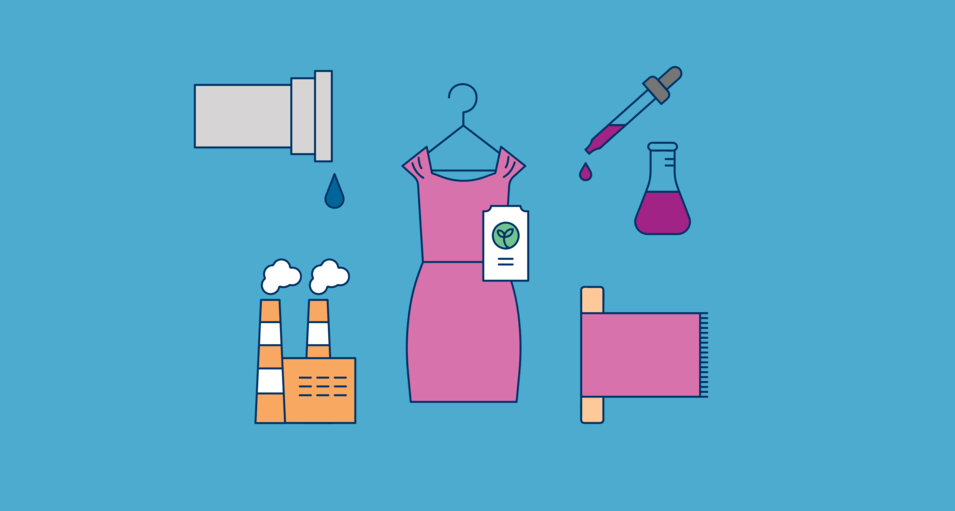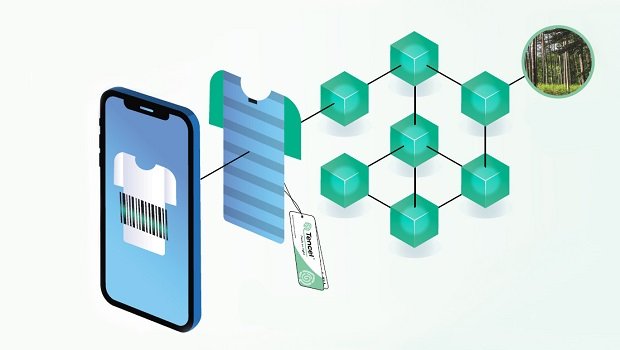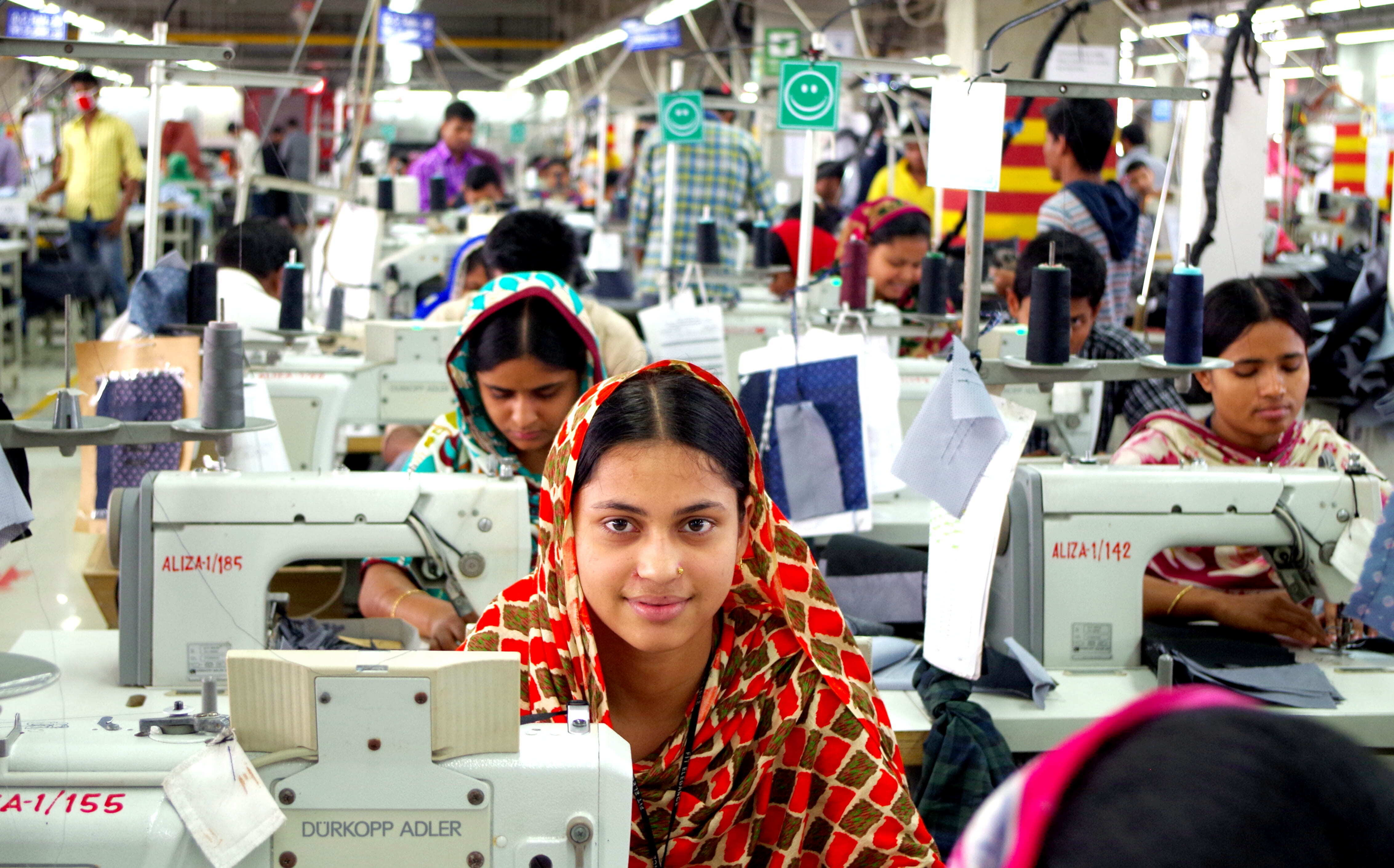Fashion innovation: Sustainable Development meets Blockchain
Jan 4, 2022
Sustainability and authenticity goals are top priorities in the industry: blockchain might be the tool you were looking for.
Blockchain got famous as associated with the booming phenomenon of cryptocurrencies: ever heard of Bitcoin? Right: that!While the mainstream audience understanding usually does not go further than a few keywords, though, in the last five years all kinds of companies investigated possible applications of the technology behind it.
The fashion industry is no different, and it is actually considered a promising option to enforce sustainable standards. But why? And how?
Transparency as a value
Social and environmental issues are a growing concern in the fashion industry. Consumers’ demand for transparency is being addressed by international certification systems, relying on third-party entities to investigate companies’ supply chains and labelling them. International organisations developed sustainability performance standards and rank companies, producers, and possibly any actor involved in the sector.
Find out more about certification systems in our in-depth analysis here
This increased the pressure on brands and retailers for investments in research and development. That includes developing or adopting sustainable fibers, but also a generally stronger effort to be transparent. In fact, according to a recent Mckinsey CPO survey, sustainability and transparency are perceived as the most compelling priority to take action for by 56% of global most important apparel companies’ purchasing officers.
The role of technology in this equation obviously raised: DNA and embedded trackers add on top of barcodes, tags, and sensors to collect data about supply chain transactions and store them in a cloud environment to make them always accessible.
Weaknesses
None of the above-mentioned developments is critic-free. Just a few examples:
Most famous eco-labels are not cheap to get, so especially SMEs might not be able to have access to those. What’s more, getting certified is also a time-consuming process based on authorities’ trustworthiness.
The fashion industry supply chain is globally dispersed and fragmented, with the luxury segment especially exposed to counterfeit issues. As labels are traditionally applied at the manufacturing stage, assessing if a fiber is authentic or not remains an untackled problem even when it comes to eco-fibers or innovative sustainable materials (with no appropriate control over production conditions).
Most used data storage technologies are not tamper-proof, which makes them vulnerable to manipulation and cyber-attacks.
The Blockchain solution
What is a blockchain?
Without going too deep into technicalities, a blockchain is a distributed ledger technology. Distributed means no single entity is in control of the ledger, the content of the transaction is public and their settlement is verifiable by any member of the network. A block is a list of transactions, blocks are chained one after the other, and once a block has been published and followed by one or many next blocks, the transactions history becomes impossible to change.
Transactions are “packages” of information with an attached digital signature. This means that the content of that package and the member of the network who operated it are public and at no point they can be changed.
The blocks contain all this list of validated transactions, and each new block connects to the previous one. This is how you get “a chain of blocks” so that you have a track of all the entries on this distributed ledger.
In normal operations between different stakeholders connected in a network, there are operations that can be understood as transactions.
A transaction needs to be:
immutable once settled
verificable (who did it)
It has to be possible to collect a big number of operations (transactions) at high speed.
At the same time, stakeholders don’t want to outsource the trust to a party that could benefit from editing discarding or inserting wrong transactions.
Blockchain is a technology that provides decentralized consensus: the network altogether verifies the history and no single entity can take over the control of it.
Every blockchain environment can have different rules, governance models, ways to create blocks and to reach consensus about them, which also means that - hypothetically - it can be designed to be compatible with any business model. However, building a blockchain is not easy, so the most common way to go is using an existing protocol.
As a result, the blockchain is a wonderful tool for companies to assess the authenticity and sustainability of their products by efficiently achieving the goal of supply chain traceability.
Textile Genesis: a tokenization case study
Big and emerging brands, consortia, and non-profit organizations: examples of blockchain projects in the fashion industry are being explored at all levels.
One of the most successful experiments run until now is probably the experience from Lenzing, the Austrian company that developed TENCEL (a multipurpose ecofiber produced from cellulose and adopted by many brands for their sustainable collections) that supplies both big brands with extensive supply network and highly sustainable brands, with a niche market and limited network.
Lenzing needs to protect its innovative and original sustainable fibers from counterfeiting. It also wants to promote its sustainable practices in order to gain a competitive advantage and at the same time educate customers. Traceability and transparency together are the keys to getting the final product authenticated and its supply chain accessible.
The project is called “TextileGenesis” (TG blockchain): this platform is easy to integrate with other IT systems which makes it therefore easy to adopt for tracking transported and produced volumes of fiber by capturing information from shipment transactions, including invoices and purchase orders.
Adding tracers to fibers, the material is checked at every stage of the supply chain: which allows creating a link between the physical textile material and a digital asset on the blockchain environment. Lenzing called those digital assets “fibercoins“.
Despite their name, fibercoins have no monetary value. This process is called tokenization: digital tokens are the coins exchanged in the transactions taking place on the blockchain network. As we record those transactions on the distributed ledger, it is possible to attach any meta information to those entries. Tracking raw materials usage, waste and water management, and proper use of chemicals is part of its transparency potential.
Since there is no monetary value attached, the amount of fibercoins is connected to the volume of fibers that moves downstream the supply chain. One fibercoin equals one volume unit. Fiber producers are the only stakeholders with the power to create new fibercoins. Hence, as the material moves through the supply chain fibercoin transactions between players on the blockchain happen for amounts that can only be equal or lower to the total amount they are in possession of. Since that amount mirrors the real fabric, the final customer (brand or retailer whatsoever) can track the origin and “journey” of their product back.
The TG platform captures all shipment transactions between the six main steps in the apparel supply chain: fiber producer—spinner—fabric maker—dyeing/finishing—garment maker—brand retailer.
The use of tokenization can be designed accordingly to be mindful of real-world circumstances. Losses, for example, are an organic consequence of any industrial process: to make up with that, as the TG platform captures transactions, it also updates the fibercoin account balances of both the spinner and the yarn receiver according to the pre-determined esteem of the average loss determined by that specific process.
Limitations and potential
The architecture of a blockchain system for traceability purposes depends on several variables. The current needs of the Lenzing pilot allow to ensure products’ authenticity and track their use from producer to retailer. But keeping our eye on the same case study, this project does not extend upstream to the origin of wood (relying on “conventional” certifications for that) and downstream to the garment piece at the sale point (within the retailers’ distribution network).
This is not a limit of blockchain technology: it is actually possible to have such a detailed service. But extending the network in both directions would require additional work and deeper understanding.
This is where consultancy job opportunities open. After understanding how the fibercoin project works, it is quite clear how crucial having a holistic experience in the field is.
In order to build an accurate blockchain network for supply chain traceability, understanding the characteristics of each manufacturing process, the product structure, and the bill of materials is necessary. Saving data on the blockchain still requires making use of existing techniques to identify products across a supply chain: tracers, barcodes, and labels.
The enormous potential of blockchain requires a sensible effort. Companies need to invest in experts and/or in internal training to carry on the day-by-day operation, and before that in hiring the right people to set the system up.
Experts will be needed: not only in the technology but also in the industry in order to clarify the extent of supply chain tracking and the most appropriate modalities. This is even more true if tracking and transparency are aimed to ensure and communicate the environmental and ethical sustainability of products.
In a Nutshell:
if your intent is to plan and implement a blockchain solution to ensure your products’ authenticity and sustainability, you will need sustainable fashion experts’ consultancy: blockchain technology is efficient only if paired with the appropriate know-how.
ARE YOU INTERESTED TO LEARN MORE ABOUT THESE DEVELOPMENTS?
ARE YOU CONSIDERING A BLOCKCHAIN-BASED TRACEABILITY SYSTEM FOR YOUR SUPPLY CHAIN?
BETWEEN can give your company access to a rich database of Sustainable Fashion experts that will help you to set appropriate goals and design the features that you really need.
Are you a Sustainable fashion expert?
Would you like to work with high-end projects?
Send us your information and we will evaluate your profile to include it in the Between Conscious Program.
















